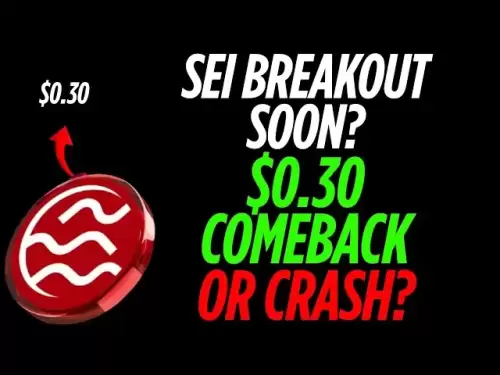-
 Bitcoin
Bitcoin $109,583.2239
0.19% -
 Ethereum
Ethereum $2,583.4612
0.48% -
 Tether USDt
Tether USDt $1.0003
-0.04% -
 XRP
XRP $2.2681
0.70% -
 BNB
BNB $659.9218
-0.52% -
 Solana
Solana $151.4961
-0.37% -
 USDC
USDC $0.9999
-0.02% -
 TRON
TRON $0.2861
1.20% -
 Dogecoin
Dogecoin $0.1718
0.04% -
 Cardano
Cardano $0.5960
-0.07% -
 Hyperliquid
Hyperliquid $40.1233
2.85% -
 Sui
Sui $2.9974
2.48% -
 Bitcoin Cash
Bitcoin Cash $497.1279
-1.76% -
 Chainlink
Chainlink $13.7275
-0.22% -
 UNUS SED LEO
UNUS SED LEO $9.0241
0.70% -
 Avalanche
Avalanche $18.5536
-0.88% -
 Stellar
Stellar $0.2421
1.39% -
 Toncoin
Toncoin $2.8593
-0.51% -
 Shiba Inu
Shiba Inu $0.0...01187
-0.07% -
 Litecoin
Litecoin $90.0023
2.90% -
 Hedera
Hedera $0.1590
2.79% -
 Monero
Monero $322.1495
0.00% -
 Polkadot
Polkadot $3.5453
-1.00% -
 Dai
Dai $1.0000
-0.01% -
 Bitget Token
Bitget Token $4.5733
-1.06% -
 Ethena USDe
Ethena USDe $1.0002
-0.01% -
 Uniswap
Uniswap $7.6345
3.03% -
 Aave
Aave $279.2583
0.47% -
 Pepe
Pepe $0.0...01003
-1.52% -
 Pi
Pi $0.4941
-0.32%
What is Proposer-Builder Separation (PBS)?
Proposer-Builder Separation (PBS) enhances Ethereum's decentralization by splitting block-building and proposing roles, allowing specialized builders to compete for validators' bids while ensuring fair transaction inclusion.
Jul 04, 2025 at 05:42 am
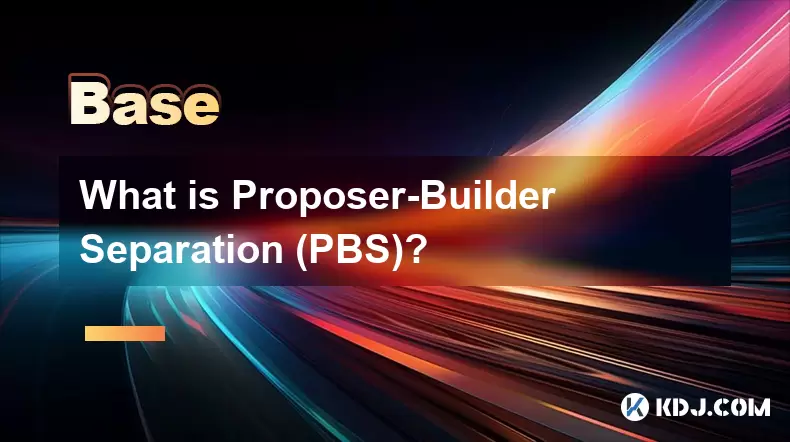
Understanding the Basics of Proposer-Builder Separation (PBS)
Proposer-Builder Separation, commonly referred to as PBS, is a concept introduced in the Ethereum ecosystem to enhance the efficiency and decentralization of block production. In traditional blockchain systems, validators are responsible for both selecting transactions and proposing the next block. However, PBS introduces a structural change by separating these responsibilities into two distinct roles: proposers and builders.
In this model, builders are specialized entities that collect and bundle transactions into a full block. They then submit their proposed block to proposers, who are randomly selected validators tasked only with choosing which block to publish on the chain. This separation aims to prevent centralization risks associated with complex block-building processes and reduce the potential for censorship or manipulation.
The Motivation Behind Implementing PBS
The primary motivation for implementing PBS lies in the increasing complexity and centralization risk associated with advanced transaction ordering techniques such as Maximal Extractable Value (MEV). As MEV strategies become more sophisticated, smaller validators may struggle to compete with large, well-resourced entities capable of optimizing block construction for profit.
By allowing specialized builders to handle the computationally intensive task of block construction, PBS ensures that even small validators can participate effectively in the consensus process. This helps maintain network decentralization while also improving the overall throughput and fairness of transaction inclusion.
How PBS Works in Practice
To understand how PBS works, it’s essential to break down the process into its core components:
- Validators register as proposers during each slot.
- Independent builders gather transactions from the mempool and construct optimized blocks.
- These builders submit sealed bids along with their proposed blocks to the designated proposer.
- The proposer selects the block with the highest bid and publishes it to the blockchain.
This mechanism ensures that builders compete to offer the best rewards to proposers, incentivizing efficient and fair transaction inclusion. Importantly, proposers do not need to know the contents of the block they are proposing—only that it meets validity conditions and offers the highest value.
Technical Implications of PBS on the Ethereum Network
From a technical standpoint, PBS introduces several changes to how blocks are validated and propagated across the network. One key innovation is the use of relay networks, which act as intermediaries between builders and proposers. These relays ensure that blocks are verified for correctness before being submitted, reducing the risk of invalid blocks being proposed.
Another critical aspect is the introduction of blinded block proposals, where proposers commit to a block without seeing its contents. This is achieved using cryptographic commitments like KZG commitments, ensuring that the proposer cannot manipulate or censor transactions based on visibility.
Furthermore, PBS lays the groundwork for future scalability solutions such as EIP-4844, which aims to improve data availability and sharding capabilities on Ethereum.
PBS and Its Impact on Decentralization and Security
One of the most significant concerns in blockchain design is maintaining decentralization while scaling. PBS addresses this by preventing a small group of powerful actors from monopolizing block production. By decoupling the building and proposing roles, PBS ensures that no single entity controls both transaction selection and block validation.
However, there are ongoing debates about whether PBS could lead to new forms of centralization if a few dominant builders emerge. To mitigate this, mechanisms such as distributed builder networks and open-source builder software are being promoted to encourage competition and transparency.
Security-wise, PBS enhances resilience against certain types of attacks, including time-bandit attacks, where malicious actors attempt to rewrite history for profit. Since proposers are incentivized to build on top of the canonical chain, it becomes economically unfeasible for attackers to alter past blocks successfully.
Challenges and Limitations of PBS Implementation
Despite its benefits, PBS comes with several challenges. One major issue is the increased reliance on relays, which could potentially become centralized points of failure. If a few relays dominate the network, they might exert undue influence over block propagation and validator behavior.
Additionally, the blind commitment mechanism used in PBS requires robust cryptographic assurances. Any flaws in the implementation could lead to vulnerabilities that compromise the integrity of the entire system.
There are also operational complexities involved in coordinating between builders, relays, and proposers. Ensuring low-latency communication and fast finality remains a critical area of ongoing development.
Frequently Asked Questions (FAQs)
Q1: Can proposers see the content of the blocks they are proposing under PBS?
No, in the current design of PBS, proposers do not see the actual content of the blocks they are proposing. Instead, they receive a cryptographic commitment to the block. This feature, known as blinded block proposal, prevents proposers from manipulating or censoring transactions based on visibility.
Q2: How does PBS affect MEV distribution among validators?
PBS democratizes access to MEV by allowing all validators—regardless of size—to earn rewards from optimized block construction. Specialized builders extract MEV and pass part of it to proposers through competitive bidding, ensuring more equitable revenue distribution across the network.
Q3: Are there any alternatives to PBS for managing MEV in Ethereum?
Yes, alternative approaches include inclusion lists, MEV smoothing, and MEV auctions. However, PBS is considered one of the most promising solutions due to its compatibility with existing infrastructure and its ability to scale with future upgrades like sharding.
Q4: Is PBS currently active on the Ethereum mainnet?
As of now, PBS is not fully implemented on the Ethereum mainnet but is actively being developed and tested through various testnets and experimental forks. Some aspects of PBS, such as relay-based block submission, are already in use in MEV-boost setups.
Disclaimer:info@kdj.com
The information provided is not trading advice. kdj.com does not assume any responsibility for any investments made based on the information provided in this article. Cryptocurrencies are highly volatile and it is highly recommended that you invest with caution after thorough research!
If you believe that the content used on this website infringes your copyright, please contact us immediately (info@kdj.com) and we will delete it promptly.
- BONK Price Prediction: Meme Coin Mania and What's Next?
- 2025-07-04 12:30:13
- NYAG, Stablecoins, and FDIC Protections: Navigating the Regulatory Maze
- 2025-07-04 13:10:15
- Level Up Your DeFi Game: Phantom Wallet and the Ultimate DeFi Experience
- 2025-07-04 13:10:15
- Bitcoin Surge: Breaking Down the $109,000 Barrier and the Road to $165,000?
- 2025-07-04 12:30:13
- Solana ETF Inflows & Snorter Token: A New Era for Meme Coin Trading?
- 2025-07-04 12:50:12
- Ripple, Stablecoin, and First Bank: Decoding the Latest Moves in Crypto
- 2025-07-04 12:50:12
Related knowledge

What is a token generation event (TGE)?
Jul 04,2025 at 07:14am
Understanding the Basics of a Token Generation Event (TGE)A Token Generation Event (TGE) refers to the process through which a blockchain project creates and distributes its native tokens to investors, participants, or stakeholders. This event is often associated with new cryptocurrency projects launching on platforms like Ethereum, Binance Smart Chain,...

What is a block explorer API?
Jul 04,2025 at 05:07am
Understanding the Role of a Block Explorer APIA block explorer API is a crucial interface that enables developers and users to interact programmatically with blockchain data. Unlike traditional APIs used in web services, a block explorer API specifically provides access to blockchain-related information such as transaction details, wallet balances, bloc...
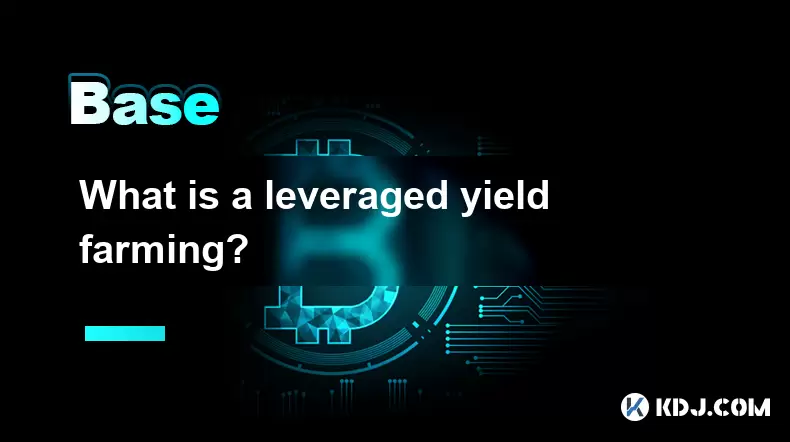
What is a leveraged yield farming?
Jul 04,2025 at 09:36am
Understanding Leveraged Yield FarmingLeveraged yield farming is a more advanced form of yield farming, which itself is a popular method in the decentralized finance (DeFi) ecosystem to earn returns by providing liquidity to various protocols. In traditional yield farming, users deposit tokens into a DeFi platform and earn rewards in return, often in the...

What is open interest in derivatives?
Jul 03,2025 at 02:49pm
Understanding Open Interest in DerivativesOpen interest is a critical metric used in the cryptocurrency derivatives market, particularly when analyzing futures and options contracts. It represents the total number of outstanding contracts that have not been settled or closed by either party involved. Unlike trading volume, which counts all trades made i...
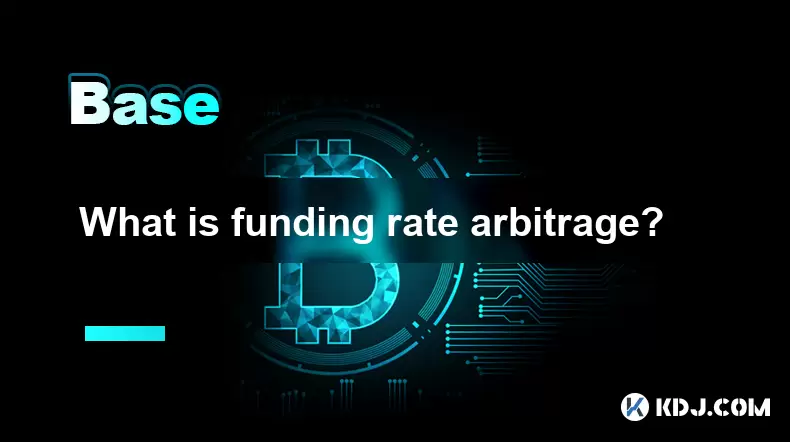
What is funding rate arbitrage?
Jul 04,2025 at 11:43am
Understanding Funding Rate Arbitrage in the Cryptocurrency MarketFunding rate arbitrage is a trading strategy employed by crypto traders to exploit differences in funding rates across various perpetual futures exchanges. In perpetual contracts, funding rates are periodic payments made between long and short traders depending on whether the price of the ...
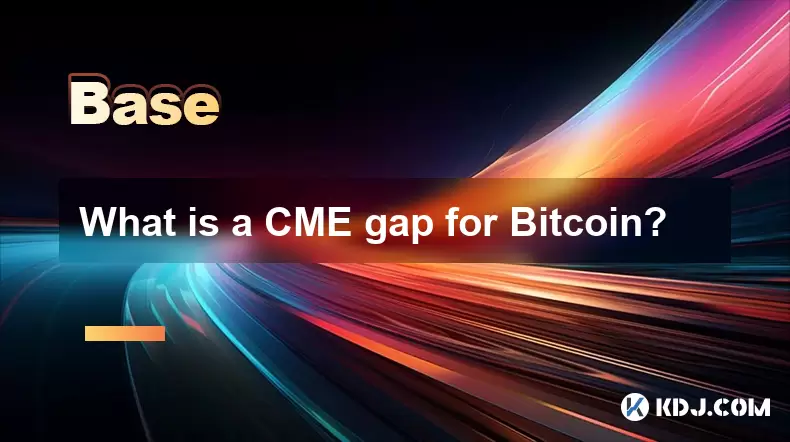
What is a CME gap for Bitcoin?
Jul 03,2025 at 05:49pm
Understanding the Concept of a CME GapA CME gap refers to a discrepancy in price between the closing price of Bitcoin on the Chicago Mercantile Exchange (CME) and its opening price when trading resumes. This phenomenon occurs because the CME operates during specific hours, typically aligned with traditional market hours, while cryptocurrency markets ope...

What is a token generation event (TGE)?
Jul 04,2025 at 07:14am
Understanding the Basics of a Token Generation Event (TGE)A Token Generation Event (TGE) refers to the process through which a blockchain project creates and distributes its native tokens to investors, participants, or stakeholders. This event is often associated with new cryptocurrency projects launching on platforms like Ethereum, Binance Smart Chain,...

What is a block explorer API?
Jul 04,2025 at 05:07am
Understanding the Role of a Block Explorer APIA block explorer API is a crucial interface that enables developers and users to interact programmatically with blockchain data. Unlike traditional APIs used in web services, a block explorer API specifically provides access to blockchain-related information such as transaction details, wallet balances, bloc...

What is a leveraged yield farming?
Jul 04,2025 at 09:36am
Understanding Leveraged Yield FarmingLeveraged yield farming is a more advanced form of yield farming, which itself is a popular method in the decentralized finance (DeFi) ecosystem to earn returns by providing liquidity to various protocols. In traditional yield farming, users deposit tokens into a DeFi platform and earn rewards in return, often in the...

What is open interest in derivatives?
Jul 03,2025 at 02:49pm
Understanding Open Interest in DerivativesOpen interest is a critical metric used in the cryptocurrency derivatives market, particularly when analyzing futures and options contracts. It represents the total number of outstanding contracts that have not been settled or closed by either party involved. Unlike trading volume, which counts all trades made i...

What is funding rate arbitrage?
Jul 04,2025 at 11:43am
Understanding Funding Rate Arbitrage in the Cryptocurrency MarketFunding rate arbitrage is a trading strategy employed by crypto traders to exploit differences in funding rates across various perpetual futures exchanges. In perpetual contracts, funding rates are periodic payments made between long and short traders depending on whether the price of the ...

What is a CME gap for Bitcoin?
Jul 03,2025 at 05:49pm
Understanding the Concept of a CME GapA CME gap refers to a discrepancy in price between the closing price of Bitcoin on the Chicago Mercantile Exchange (CME) and its opening price when trading resumes. This phenomenon occurs because the CME operates during specific hours, typically aligned with traditional market hours, while cryptocurrency markets ope...
See all articles























